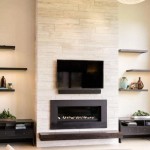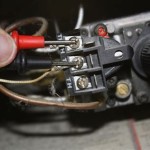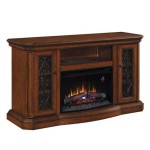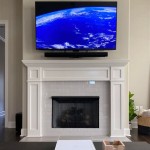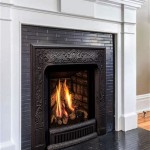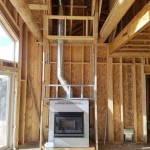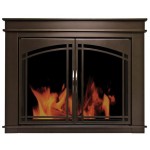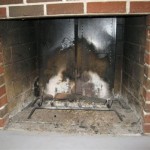Choosing the Right Natural Gas Fireplace Burner: Essential Aspects to Consider
Natural gas fireplaces offer a convenient, efficient, and ambiance-enhancing way to add warmth and style to your home. The key component of any gas fireplace is the burner, responsible for creating and maintaining the flame. Selecting the optimal burner is crucial to ensure a safe, reliable, and enjoyable fireplace experience.
Burner Material:
Burners are typically made from stainless steel or cast iron. Stainless steel burners are highly resistant to rust and corrosion, making them durable and long-lasting. Cast iron burners are sturdier and can withstand higher temperatures but may be more prone to rust.
Burner Design:
The design of the burner affects the flame pattern and heat distribution. There are two main types of burner designs: radiant and linear. Radiant burners produce a broad, radiant flame that radiates heat in all directions. Linear burners, on the other hand, create a more focused, linear flame that delivers heat in a specific direction.
Burner Size:
The size of the burner should correspond to the size of the fireplace opening. A burner that is too small will not provide adequate heat, while a burner that is too large may overwhelm the space. Measure the fireplace opening and consult with a professional to determine the appropriate burner size.
Ignition System:
The ignition system is responsible for lighting the burner. There are two main types of ignition systems: electric ignition and pilot light ignition. Electric ignition systems use a spark to ignite the gas, while pilot light ignition systems use a small, continuous flame to light the main burner. Electric ignition systems are more reliable and convenient, but pilot light ignition systems may be more cost-effective in certain situations.
Control System:
The control system allows you to adjust the flame height and heat output of the fireplace. There are three main types of control systems: manual, remote, and electronic. Manual control systems require you to manually adjust the flame height using a knob or lever. Remote control systems allow you to control the fireplace from a distance using a remote control. Electronic control systems offer the most advanced features, including programmable temperature settings and flame adjustment options.
Safety Considerations:
Safety is paramount when operating a gas fireplace. Ensure that the burner is properly installed, well-maintained, and regularly inspected by a qualified professional. Carbon monoxide detectors should be installed in the area where the fireplace is located to monitor for any potential hazards.
By carefully considering these essential aspects, you can choose a natural gas fireplace burner that meets your needs and provides years of safe, enjoyable warmth and ambiance in your home.

Duluth Forge 28 In 55 000 Btu Direct Vented Natural Gas Fire Log Glass Burner Kit 210023 The Home Depot
Everymarket

All About Gas Burners For Fireplaces Types Features
.jpg?strip=all)
Peterson Real Fyre 30 Inch Charred Oak Gas Log Set With Vented Natural G4 Burner Match Light Chd Bbqgrills Com

Real Fyre Pb Vented Gas Fireplace Burner Ansi Certified

Hargrove Rga Ansi Certified Vented See Through Burner Kit With Match Light Ignition Natural Gas Hgrst1b5

Hargrove Kiva Vented Gas Log Set With Burner Kit And Match Light Ignition 10 Inch Natural Hgkis1005aa
.jpg?strip=all)
Peterson Real Fyre 30 Inch Southern Oak Gas Log Set With Vented Natural G4 Burner Match Light Sog4 Bbqgrills Com

Rasmussen F Ss Flaming Ember Vented Fireplace Burner Kit

24 Valley Oak Vent Free Log G8 Ansi Bedroom Approved Burner Peterson Real Fyre
Related Posts

